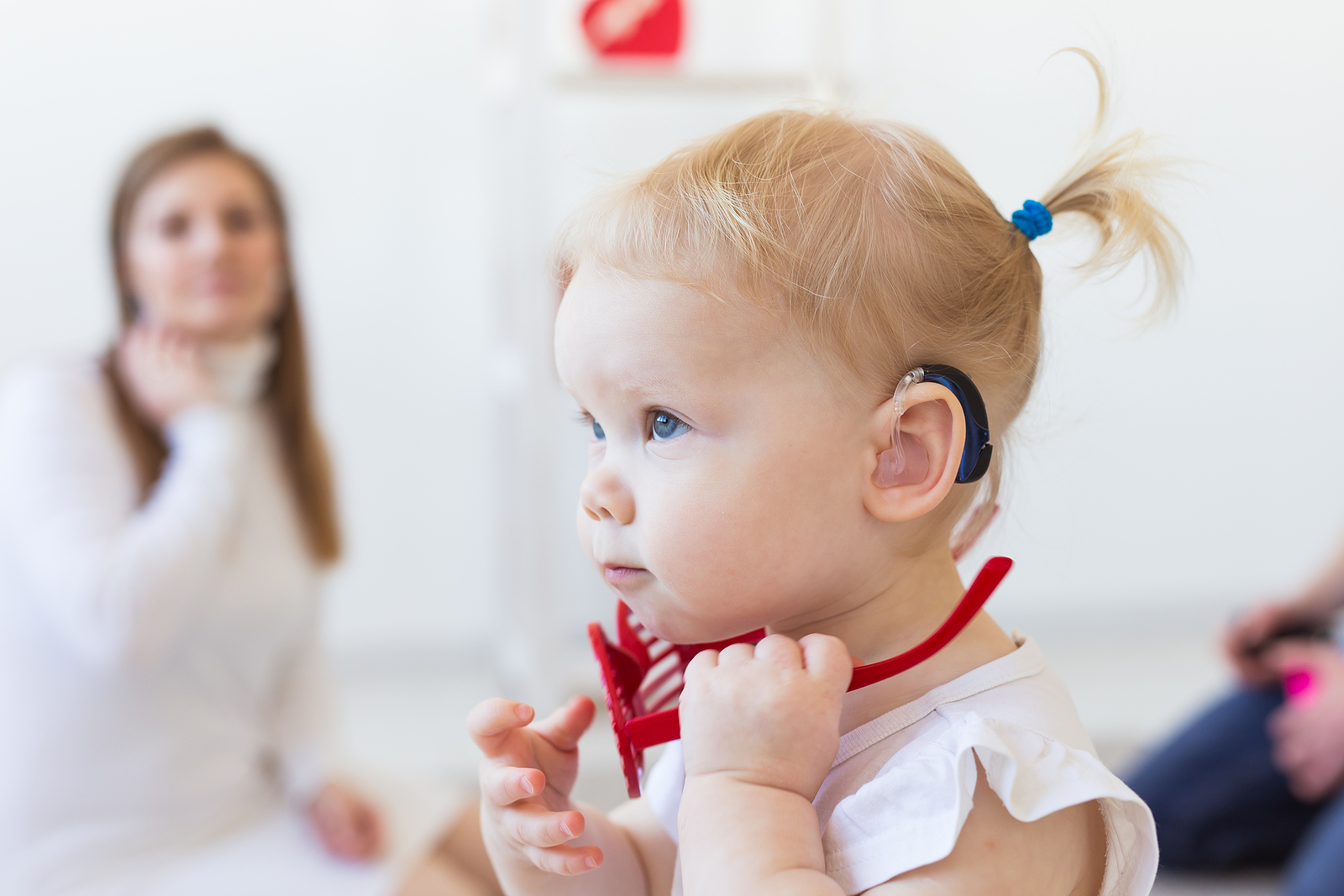
If your child is diagnosed with hearing loss, you have a few steps ahead of you. After an initial hearing test and choosing the right hearing aid, you’ll be ready for a pediatric hearing aid fitting. This process will make sure that your child receives the best possible support for their hearing needs.
The Importance of Early Intervention
Early intervention is crucial for children with hearing loss. The sooner a child receives appropriate hearing aids, the easier it will be for them to adjust to their devices, and develop normal speech, language, and social skills. Here’s why early intervention is so important:
- Language Development: Hearing is important for language acquisition. Early fitting of hearing aids helps ensure that children can hear and learn from the sounds around them, which is vital for developing spoken language.
- Cognitive Development: Hearing aids support cognitive development by allowing children to interact with their environment more effectively. This interaction is one of the ways children learn and develop problem-solving.
- Social Skills: Hearing aids help children communicate with their peers and family members, which is essential for developing social skills and building relationships.
The Process of Fitting Hearing Aids for Children
Fitting hearing aids for children involves several steps, each designed to ensure that the devices provide the best possible support for the child’s hearing needs. Here’s an overview of the process:
- Hearing Assessment: The first step in fitting hearing aids is a comprehensive hearing assessment conducted by a pediatric hearing health professional. This assessment helps determine the type and degree of hearing loss your child has.
- Selecting the Right Hearing Aid: Based on the hearing assessment, we will recommend the most suitable hearing aids. Factors such as the severity of hearing loss, the child’s age, and lifestyle considerations will influence the choice.
- Earmold Impressions: For children, custom earmolds will provide a secure and comfortable fit. We’ll take impressions of the child’s ears to create these custom molds.
- Programming the Hearing Aids: Once the hearing aids and earmolds are ready, we will program the devices to match the child’s specific hearing loss. This step involves fine-tuning the hearing aids to amplify sounds appropriately.
- Fitting and Verification: During the fitting appointment, we place the hearing aids in the child’s ears and verify that they are working correctly. This may involve using real-ear measurements to ensure the devices are providing the right amount of amplification.
- Education and Training: Parents and caregivers will receive training on how to use, clean, and maintain the hearing aids. We will also provide guidance on how to help your child adapt to wearing the devices.
Challenges and Solutions in Pediatric Hearing Aid Fittings
Here are some common issues and solutions during pediatric fittings:
- Retention Issues: Young children may be prone to removing their hearing aids. Using retention accessories like headbands or clips can help keep the devices in place.
- Feedback: Feedback or whistling sounds can occur if the hearing aids are not fitted properly. Custom earmolds and regular adjustments can minimize feedback.
- Comfort: Children may find hearing aids uncomfortable initially. Gradually increasing the wearing time and using soft earmolds can help improve comfort.
The Role of Parents and Caregivers
Parents and caregivers play a vital role in the success of pediatric hearing aid fittings. Here are some ways they can support their child:
- Encouragement: Encourage your child to wear their hearing aids consistently. Positive reinforcement and praise can help the child accept and adapt to the devices.
- Monitoring: Regularly check the hearing aids to ensure they are functioning correctly. Look for signs of wear and tear and address any issues promptly.
- Communication: Maintain open communication with your hearing health specialist. Report any concerns or changes in your child’s hearing or behavior to ensure timely adjustments to the hearing aids.
Follow-Up Care and Adjustments
Ongoing follow-up care is essential for children with hearing aids. As children grow and their hearing needs change, their hearing aids may require adjustments. Here’s what to expect with follow-up care:
- Regular Check-Ups: Schedule regular appointments to monitor your child’s hearing and the performance of the hearing aids. These check-ups typically occur every few months.
- Hearing Aid Adjustments: We may need to reprogram the hearing aids to accommodate changes in your child’s hearing or to address any issues with the devices.
- Earmold Replacements: As children grow, their ears change in size and shape. Regularly replacing the earmolds ensures a proper fit and optimal performance of the hearing aids.
Remember, every child is unique, and their hearing needs may change over time. Regular follow-up care will help your child thrive and reach their full potential. Visit us today for ongoing support.
